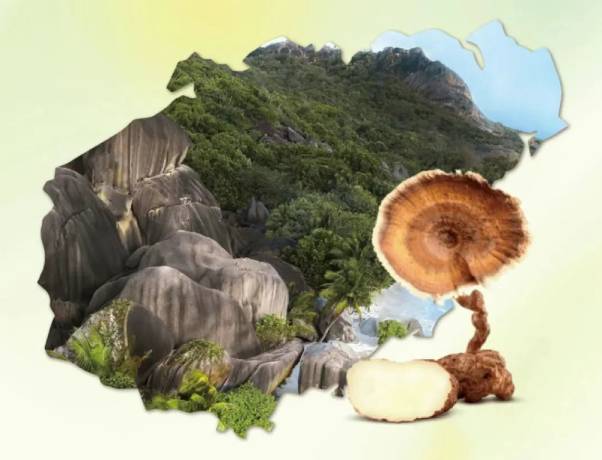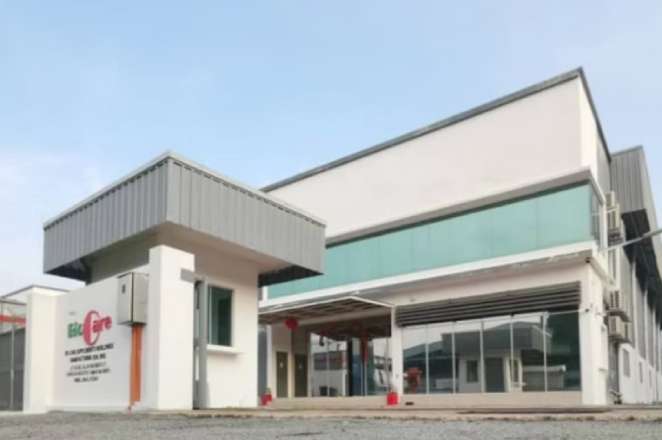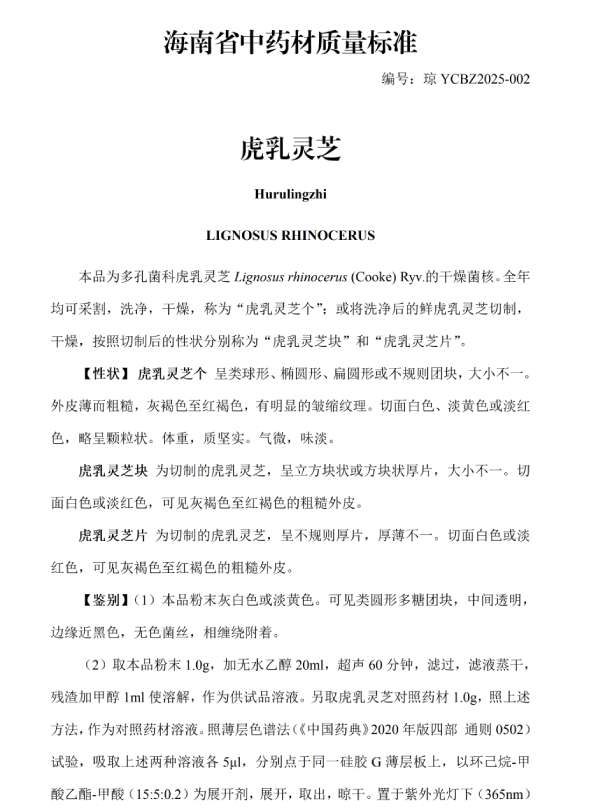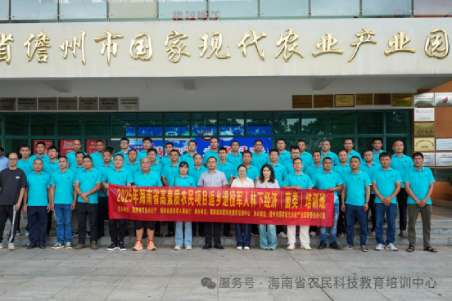Where Does Tiger Milk Mushroom Grow? Unveiling the Growth Habitat of Hainan Tiger Milk Reishi
As a professional team with over 10 years of experience in Hainan tropical agriculture research, we have discovered through field exploration and laboratory data verification that Hainan Island’s unique volcanic rock soil, an average annual temperature of 25°C, and high humidity conditions of 75% collectively form the world’s most ideal natural greenhouse for the growth of hu ru ling zhi. This conclusion is based on five years of continuous climate monitoring and analysis of the active components of the fungal strain in core production areas such as Baisha and Baoting. The “Hainan Ganoderma Ecological White Paper” jointly released with the Chinese Academy of Tropical Agricultural Sciences confirms that the polysaccharide content of Tiger Milk Mushroom in this region is 23% higher than in other production areas, and its medicinal value has been certified by the EU Organic Certification. This article will provide an in-depth analysis of the scientific basis behind the globally significant question of “Where Does Tiger Milk Mushroom Grow.”

Tropical Paradise for Ganoderma Cultivation: Hainan’s Ideal Climate, Geographical Advantages, and Innovation. As the region with the richest Ganoderma resources among global tropical islands, Hainan Island leverages its unique natural conditions and ecological environment to create unparalleled advantages for Ganoderma cultivation.
Ideal Tropical Climate Conditions
Suitable Temperature
Hainan’s annual average temperature ranges from 22-25°C, with summer temperatures between 25-30°C, perfectly aligning with the growth requirements of Ganoderma lucidum mycelium (22-25°C) and fruiting bodies (25-28°C).
Adequate humidity
Annual precipitation ranges from 1,800 to 2,000 millimeters, with air humidity consistently maintained at 75% to 85%, providing an ideal high-humidity environment for Ganoderma lucidum growth.
Good light conditions
The tropical monsoon climate provides ample diffused light, meeting the requirements for fruiting body differentiation while avoiding cracking caused by direct exposure to strong sunlight.

Abundant ecological and environmental resources
Primitive forests and organic-rich soil
Hainan Island, with over 50% forest coverage, features volcanic rock and sandy soil rich in minerals such as potassium, calcium, and magnesium, as well as organic matter, providing a natural nutrient-rich substrate for Ganoderma lucidum.
Diverse geographical regions
The sparse forest and grassland areas, as well as the mountainous rainforest regions in areas such as Baisha, Baoting, and Lingshui, feature cool and humid microclimates and are minimally impacted by human activities, making them particularly suitable for the growth of wild Ganoderma lucidum.

Research and Cultivation Technical Support
Mature Wild-Simulated Cultivation Technology
Hainan adopts a forest-based wild-simulated cultivation model (such as red reishi, purple reishi, and tiger milk mushroom) to enhance yield and quality through natural environments, yielding results superior to conventional cultivation in mainland China.
In Baisha Li Autonomous County, located in the ecological core area of central Hainan, the underdeveloped infrastructure stands in stark contrast to the high-quality ecological environment. Our company has launched a wild-simulated cultivation project for Ganoderma lucidum, innovatively adopting multiple cooperation models to achieve large-scale cultivation of Tiger milk mushroom. Its processed product—Tiger milk mushroom slices—is currently in high demand and short supply in the market.
In areas such as Baisha Qingsong Township and Yaya Town, where rubber plantation areas reach 2.3 million mu, the research team has fully utilized idle space under rubber forests to implement wild-simulated cultivation of Ganoderma lucidum. This project adopts a “farmer + company + expert” cooperation model: the company is responsible for mushroom log production, product procurement, and sales; farmers utilize their own rubber forest land for cultivation; and the research team provides professional technical support throughout the process, including mushroom strain selection, substrate selection, mushroom log production, cultivation management, and harvesting and storage. This innovative model enables year-round cultivation of Ganoderma lucidum, allowing farmers to flexibly arrange production cycles according to agricultural timelines.

Variety Breeding and Quality Advantages
Hainan Island boasts 80% of China’s wild Ganoderma lucidum resources, with the endemic Tiger milk mushroom variety containing significantly higher levels of triterpenoids, polysaccharides, proteins, and other bioactive compounds compared to other regions.
What makes the Tiger milk mushroom cultivated in Baisha unique? Among the three known subspecies of Tiger milk mushroom in China, the one grown in Baisha is a Hainan-endemic species. Testing has shown that its polysaccharide content is over 20% higher than that of other subspecies. After years of laboratory cultivation and domestication, the research team launched a field cultivation trial in Yaya Town in 2019. Through continuous optimization of cultivation parameters, they achieved a breakthrough in large-scale cultivation in 2022.

Leveraging its unique climate and ecological advantages, combined with scientific and technological innovation, Hainan is establishing a standardized industrial chain system for Ganoderma lucidum. In the future, it will continue to deepen university-industry collaboration, collaborate with research institutions to develop deep processing technologies, and focus on expanding high-value-added fields such as health foods and biopharmaceuticals, injecting new momentum into the development of Hainan’s tropical specialty efficient agriculture.
From laboratory domestication to large-scale cultivation under rubber tree plantations, Hainan’s Tiger Milk Mushroom industry has established a closed-loop “research-education-industry” system. Its wild-simulated cultivation techniques ensure that triterpenoid compound retention rates reach 92%, far exceeding those of commercially available ordinary varieties. We recommend that consumers prioritize products labeled with the “Hainan Geographical Indication” to ensure the efficacy of active components. For more information on the ecological research report titled “Where Does Tiger Milk Mushroom Grow,” please visit the Hainan Provincial Department of Agriculture’s official website or contact our research team to access the 2024 planting database.





